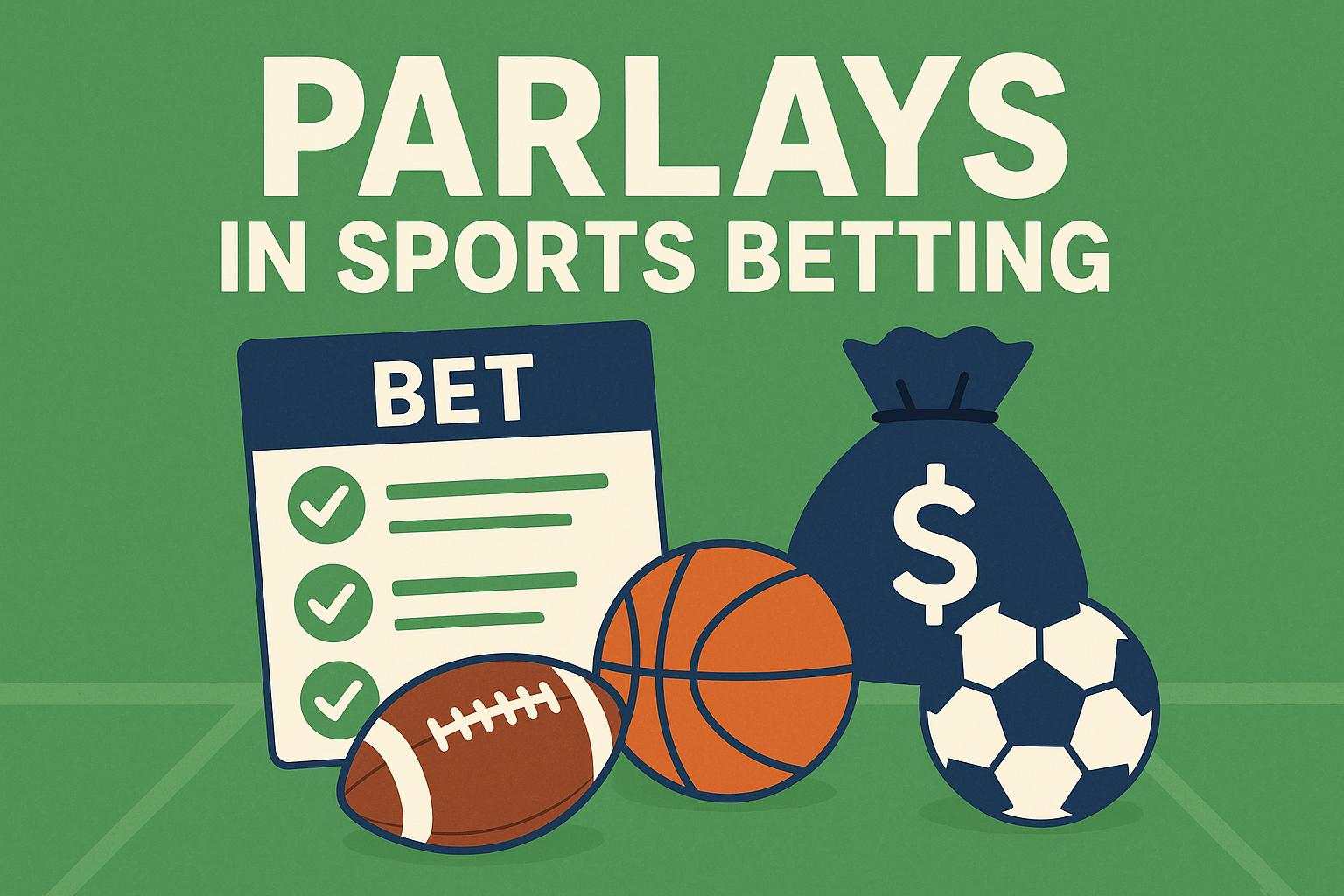The concept of parlays in sports betting.

Understanding Parlays in Sports Betting
In the realm of sports betting, parlays present a fascinating option for those who are keen on chasing larger payouts. Essentially, they involve combining several individual bets into a single wager. For a parlay to be successful, each one of the individual bets, which are also known as “legs,” must win. The allure of parlays stems from the prospect of potentially receiving significantly higher rewards when compared to placing several single bets independently.
The Structure of a Parlay Bet
A parlay bet is constructed by combining two or more individual wagers. These individual bets may include various elements such as point spreads, moneylines, or totals, and they can be drawn from one or more games. Bettors are afforded a substantial degree of flexibility, allowing the creation of parlays that involve multiple sports or an array of bet types.
Every leg within the parlay must be successful for the entire parlay to succeed. If even a single leg loses, the entire parlay bet is lost. This makes the parlay an all-or-nothing gamble, thereby increasing both the potential risk and payout. The inclusion of more individual wagers in a parlay leads to higher odds and subsequently escalates the possible payout.
Payout Calculation
The process of calculating potential payout from a parlay bet involves multiplying the odds of each selected game. It is critical to understand that the combined odds experience a rapid increase with the addition of more bets. This surge in odds renders parlays particularly attractive to bettors inclined towards securing substantial winnings from a relatively insignificant wager.
Example of a Parlay Bet
Let’s consider an example of a parlay bet that involves three games with the following scenarios:
1. Game 1: Team A -3.5 at -110
2. Game 2: Team B +2.5 at -120
3. Game 3: Over 45.5 points at -105
To compute the potential payout, first convert the odds for each game into decimal form, then multiply them:
– Team A: 1.91
– Team B: 1.83
– Over Total: 1.95
By multiplying these decimal odds: 1.91 * 1.83 * 1.95 = 6.80. Consequently, placing a $100 bet would offer a total payout of $680 if all three legs are winners.
Advantages and Risks of Parlays
One of the major advantages of parlays lies in their ability to transform a small stake into a substantial payout. This leveraging ability makes them especially enticing in scenarios where multiple outcomes are anticipated to be likely. However, a significant risk is associated with the prerequisite that all legs must be successful, which heightens the possibility of losing the bet as more games are incorporated.
Despite their appeal, parlays are commonly viewed as high-risk wagers and significantly contribute to the profits accrued by sportsbooks. Bettors are encouraged to prudently evaluate their selections, comprehend the odds, and conscientiously weigh the risk prior to placing a parlay bet.
For those interested in delving deeper into sports betting strategies, exploring reputable platforms like ESPN Chalk can be highly beneficial. Such resources can provide valuable insights and enhance your understanding of betting strategies.
Strategizing Parlay Bets
While parlays can be alluring due to their potential high returns, developing a strategic approach is vital. Bettors should judiciously choose events where they possess a measurable edge. Carefully analyzing each leg individually is recommended to better understand the risks and likelihood of winning each bet.
Types of Bets in Parlays
A plethora of bet types can be combined within a parlay. These may include:
Moneyline Betting: One of the simplest forms, it involves betting on the outright winner of a game.
Point Spread: This requires a team to win or avoid losing by a certain number of points.
Totals (Over/Under): These bets focus on the total score of the game being over or under a benchmarked figure set by bookmakers.
Proposition Bets: Known as props, they are wagers placed on occurrences within games that do not directly affect the game’s final outcome.
By mixing different types of bets, a bettor can customize their parlay to best suit their predictions and insights about the games involved.
Factors to Consider
When crafting a parlay, several factors should be weighed:
Research: Knowledge is power. Investigate teams, player performances, weather conditions, and historical data to make sound decisions.
Variance: Understand that the inclusion of multiple bets inherently increases variance. High variance leads to greater risk and potential reward.
Betting Limits: Awareness of sportsbook limitations—such as maximum payouts or rules regarding specific bet combinations—is critical.
Bankroll Management: Only wager what you can afford to lose. Due to their high-risk nature, parlays should constitute only a small portion of your betting bankroll.
The Appeal of the Upset
Parlays are particularly tantalizing when considering games with potential upsets. Since parlays can amplify the effects of odds, including a team predicted to achieve an upset can magnify potential payout without a significant increase in wager size. However, bettors should proceed with caution and avoid letting the allure of a large payout cloud their judgment regarding the realistic chances of each individual leg being successful.
For those who wish to understand more about the complexities of sports betting, visiting renowned sports media websites such as ESPN Chalk could provide further education and strategy.
